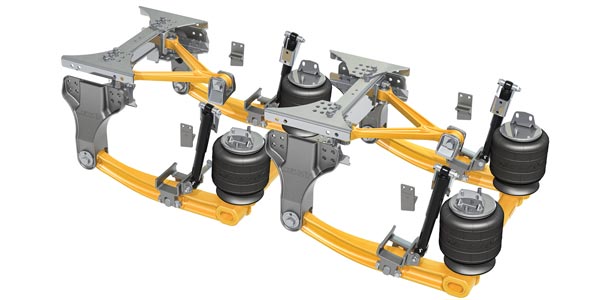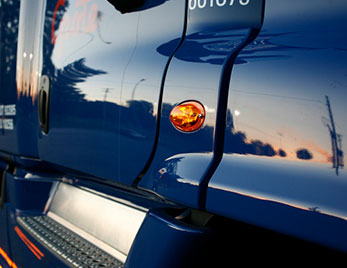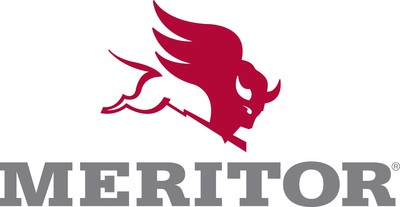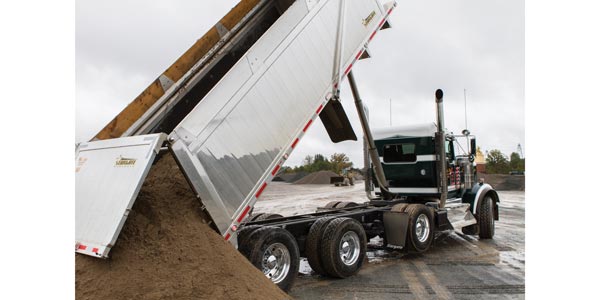The first question you need to ask when spec’ing trucking equipment
is a simple one: What’s it going to be doing? Understanding the
application and what’s necessary for the equipment to perform properly
is the most important thing to know before making any purchasing
decision.
Take vocational suspensions, for example. They have different needs
than over-the-road suspensions because they will be tackling different
jobs, and so there are a few application factors unique to vocational
suspensions that fleet managers will need to keep in mind.
To start with, there are three different types of suspensions: air ride, leaf spring and walking beam.
Of the three, market share in the vocational space is divided
between air ride and walking beam, dependent on the particular target
segment. Many fleets tackling severe-duty applications might prefer a
walking beam suspension, for instance, while other vocational segments
will prioritize driver comfort and spec an air ride suspension.
Peter Schimunek, marketing segment manager for Western Star Trucks,
says that many vocational fleets will choose air ride suspensions
because of the stability and cushioning that they offer, which reduces
freight damage and driver fatigue. However, he notes, “some air
suspension models are best suited for highway applications, so we
recommend adhering to manufacturer recommendations for your specific
application and weight carrying capacity.”
Of course, “vocational” is a wide umbrella that covers quite a
few different types of trucks, and suspension needs will be different
for each of them.
“Capacity, stability, ride quality and durability are some of the
main considerations when spec’ing a suspension system for a vocational
truck,” says Kurt Swihart, Kenworth’s marketing director. “Vocations
with a high center of gravity, such as mixers and dump trucks, require
suspensions that provide maximum roll stability. In these applications,
we typically recommend a walking beam style suspension system. Air
suspensions are recommended when ride quality is one of the most
important considerations. While air suspensions don’t typically have the
same stability as beam style suspensions, there are several air
suspension offerings that are specifically designed for vocational
applications.”
“The needs of the vocational market are very specialized, and
each application focuses on a different aspect of the suspension as the
primary requirement,” says Sean Whitfield, director of marketing for
Hendrickson.
For example, he notes that the key attributes needed for a
suspension in concrete mixer and refuse applications are that it has the
ability to maximize carrying capacity while still preserving stability
and that it provides lower maintenance costs.
“Weight is an important factor when spec’ing a concrete mixer,”
Western Star’s Schimunek notes. “The lighter the truck, the more
concrete you can haul, which affects productivity. Choosing the right
rear suspension for the job may also result in additional weight
savings. However, mixers can get into some rough jobsites, so be sure to
spec a suspension with good articulation, ride quality and durability.
“Chassis height is also an important factor as the mixer body
must be able to fit beneath the hopper,” he adds. “A lower frame height
results in a lower center of gravity, which provides increased vehicle
stability. Customers should work closely with their dealer to spec the
right suspension for their specific job demands.”
As for dump and crane trucks, Hendrickson’s Whitfield says that
loaded stability and empty ride performance must be paired together to
survive the terrain and loading cycle of these applications.
“When the vehicle is empty and/or traveling on-road, the
equipment and driver must be protected from excessive road inputs,” he
says. “When the truck is on-site and either being loaded or being used
to lift a load, it must be supported by a suspension with high roll
stability.”
Lastly, in heavy-haul applications, Whitfield says that equipment
protection and ride quality are crucial to help ensure safe transport
of cargo and driver. This, he says, must be done without sacrificing
durability and roll stability, demanding a true vocational suspension,
and he mentions Hendrickson’s Primaax EX as an example.
Additionally, there are some factors that apply across the board for vocational suspensions, regardless of the vocation.
“Vehicle weight, axle capacity, loaded and empty CG height, creep
rating, and the operating environment are important application factors
to consider,” says Bryan Redeker, powered vehicle systems product
manager for SAF-Holland. “These factors are equally important regardless
of the type of vehicle.”
Redeker says that it is important to know if outriggers will be
present and where they are on the truck, as they may play a role in
packaging. It’s also important, he mentions, to know whether there will
be lift axles on the truck, how many, and how they will impact loading
of the suspension when they are up or down. Additionally, frame rail
spacing and package size of the lift axle assembly should be considered,
he added.
Suspension

With specific application considerations for equipment come
specific maintenance considerations, and you’ll need to keep them in
mind, especially those that are unique to vocational segments.
“Maintenance of vocational suspensions is similar to other
suspensions—visual inspection of components and bushings. For those
vocational suspensions installed with U-bolts, follow the OEM
recommended practices for checking torque,” Kenworth’s Swihart says.
“A key to maintaining a vocational suspension is following proper
inspection intervals,” Hendrickson’s Whitfield says. “For these
applications, inspections should follow the vehicle OEM and suspension
manufacturer’s service instructions, which usually list recommended
inspection intervals based on hours and/or miles of operation.”
According to Whitfield, some essential items to check for,
especially on vocational suspensions, include potential signs of
overloading such as bent or cracked steel components.
“Reviewing the transverse torque rod (TVTR) bushing wear and
replacing the TVTR when necessary is particularly important in
vocational suspensions,” he adds. “The transverse torque rod keeps the
axle aligned laterally on rubber-based suspensions and plays a large
factor in supporting the other suspension components. Once that torque
rod is fully worn, it is important that it is replaced in order to
properly maintain the suspension as a whole.”
SAF-Holland’s Redeker says that it is important to monitor
bushings, shock, air springs and fastener torque per the routine
maintenance schedule.
“These components are always important to check, regardless of
the application,” he notes, while adding, “A fleet operating in severe
vocational applications may wish to increase the frequency of checks.
Performing the initial 5,000 mile (100 hour) re-torque is critical to
suspension longevity—especially the pivot bolt connection.”
Source: Fleet Equipment by







